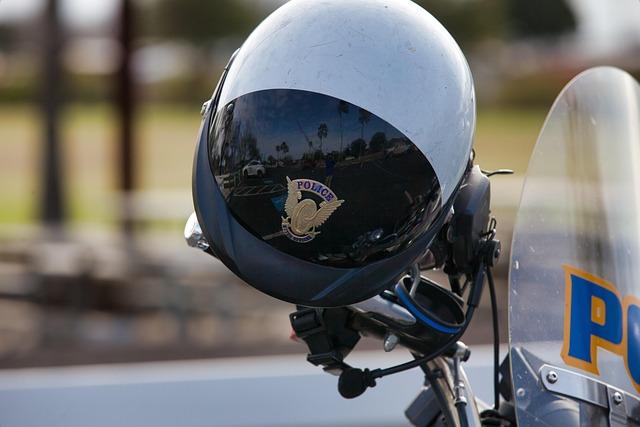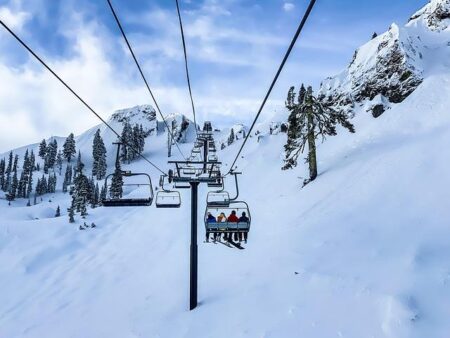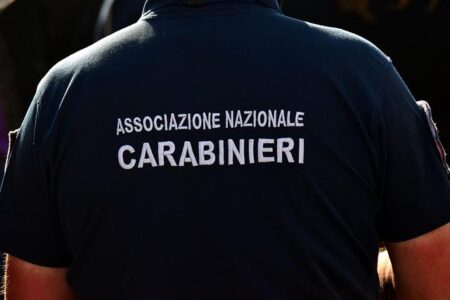In a move aimed at enhancing safety on the slopes, Italy has enacted a new law mandating the use of helmets for all skiers and snowboarders. The legislation, which took effect this winter season, requires all individuals participating in these winter sports to wear protective headgear, marking a significant shift in the country’s approach to winter sports safety. This measure reflects growing concerns over head injuries and aligns Italy with other nations prioritizing athlete protection in alpine activities.
Italy Enacts Mandatory Helmet Law to Enhance Skiing and Snowboarding Safety
In a significant move to improve winter sports safety, Italy has mandated the use of helmets for everyone participating in skiing and snowboarding activities. The new regulation, effective from the upcoming ski season, aims to reduce head injuries on the slopes, which have been a growing concern among health officials and mountain rescue teams. Ski resorts across the country will now be responsible for enforcing this law, ensuring that all visitors comply before accessing the chairlifts and trails.
The legislation highlights several key points for participants and operators:
- Universal Coverage: Applies to all ages without exception, reflecting a zero-tolerance approach toward unprotected skiing.
- Penalties: Fines up to €500 for individuals failing to wear helmets, along with possible temporary suspension of ski passes.
- Rental Shops: Required to provide helmets with every ski and snowboard equipment rental package.
- Public Awareness: Launch of nationwide safety campaigns to promote helmet use and educate on injury prevention.
| Region | Helmet Use Rate Before Law (%) | Projected Reduction in Head Injuries (%) |
|---|---|---|
| Alps | 68 | 40 |
| Dolomites | 55 | 35 |
| Apennines | 43 | 30 |
Detailed Analysis of New Regulations and Enforcement Measures Across Italian Slopes
The Italian government has enacted a groundbreaking helmet regulation that mandates all skiers and snowboarders to wear helmets on the slopes, aiming to significantly reduce head injuries and improve overall safety across the country’s ski resorts. This new law applies to all age groups and skill levels, regardless of the difficulty of the piste or weather conditions. Enforcement will be rigorous, with ski patrols and resort officials empowered to issue fines or deny slope access to non-compliant individuals. Additionally, equipment rental services will now be required to offer helmets as part of their packages, ensuring accessibility and compliance for tourists and casual visitors.
Alongside the helmet mandate, authorities have introduced enhanced enforcement measures designed to uphold the new safety standards. These include:
- Random spot checks by ski patrols during peak hours.
- Mandatory helmet usage signage posted at all lift entrances and key slope access points.
- Collaboration with ski schools to incorporate helmet safety briefings into lessons.
- Integration of helmet compliance monitoring with digital pass activation systems.
| Enforcement Measure | Effective Date | Penalties |
|---|---|---|
| Random Spot Checks | December 1, 2024 | Fines up to €150 |
| Resort Entry Helmet Verification | December 1, 2024 | Lift Access Denial |
| Rental Package Helmet Inclusion | November 15, 2024 | Operational Sanctions |
Expert Recommendations for Skiers and Snowboarders Adapting to Helmet Requirement
With Italy’s new regulation mandating helmets for all skiers and snowboarders, experts emphasize the importance of choosing the right protective gear to ensure both safety and comfort on the slopes. Professional instructors and safety organizations advise riders to invest in helmets that meet the latest certification standards, such as ASTM F2040 or CE EN1077, designed specifically for winter sports. Beyond certification, fit is paramount: helmets should sit snugly without causing pressure points, and adjustable features can enhance both security and comfort. Additionally, goggles compatible with helmet designs improve visibility and reduce fogging, helping athletes maintain optimal awareness during their runs.
To assist winter sports enthusiasts in adapting swiftly, experts recommend the following:
- Regular helmet maintenance: Check for cracks or wear and replace helmets every 3-5 years or after impact.
- Avoid aftermarket modifications: Do not alter helmets, as this can compromise integrity.
- Layer smartly: Use moisture-wicking liners for warmth without bulkiness under the helmet.
- Test visibility and comfort: Before hitting difficult runs, ensure the helmet and goggles combination doesn’t restrict peripheral vision.
| Helmet Feature | Benefit |
|---|---|
| Adjustable Ventilation | Regulates temperature for all-day comfort |
| Impact-Absorbing Liner | Minimizes risk of concussion |
| Seamless Integration with Goggles | Prevents fogging and enhances visibility |
Wrapping Up
As Italy implements its new mandatory helmet law for all skiers and snowboarders, the move marks a significant step toward enhancing safety on the slopes. Authorities and industry experts alike emphasize that this regulation aims to reduce head injuries and promote responsible winter sports practices. Skiers and snowboarders are encouraged to comply with the law to ensure not only their own protection but also a safer environment for everyone enjoying Italy’s popular alpine resorts. Further updates on enforcement and public response are expected in the coming months.




